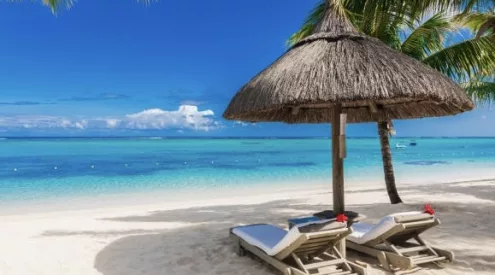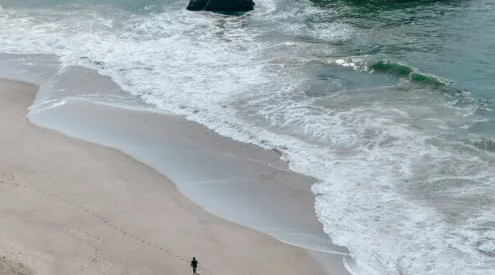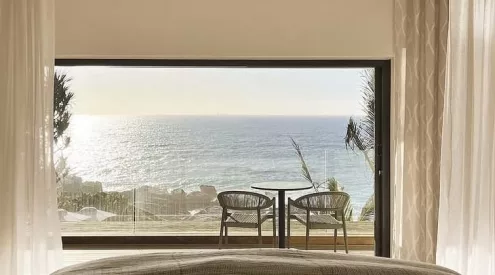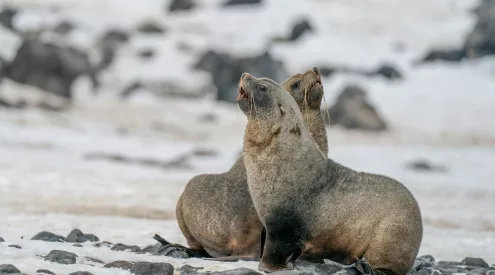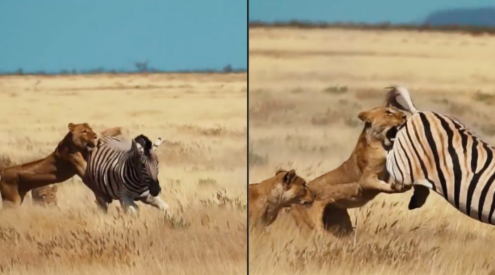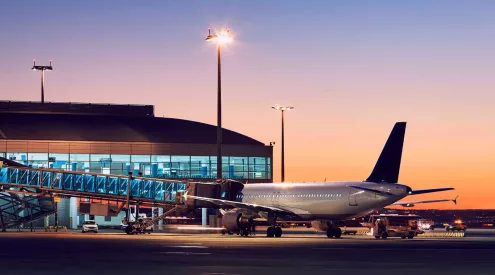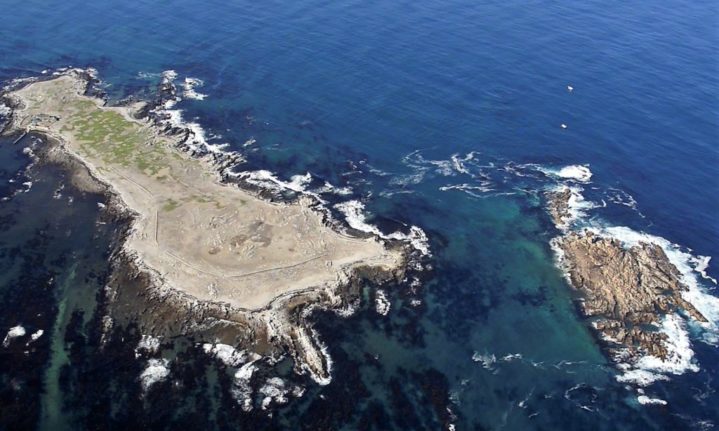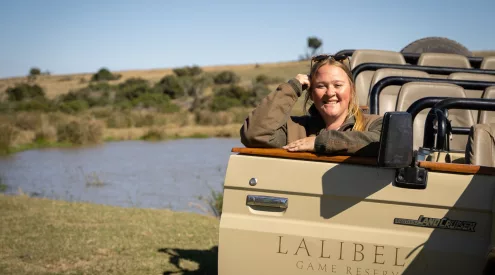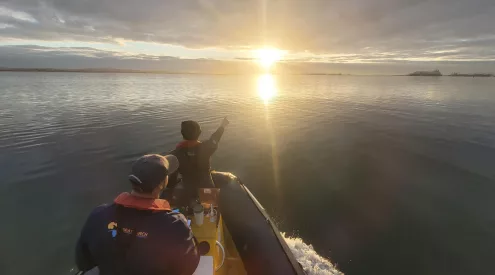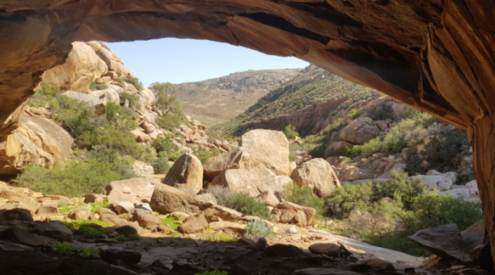Marine conservationists have their work cut out for them. The statistics paint a gloomy picture when it comes to issues like pollution in the oceans, climate change and the dwindling population of endangered species like the African penguin. That’s why the work of organisations like the Dyer Island Conservation Trust (DICT) in Gansbaai, Western Cape, is so vital, and it’s endlessly fascinating to boot.
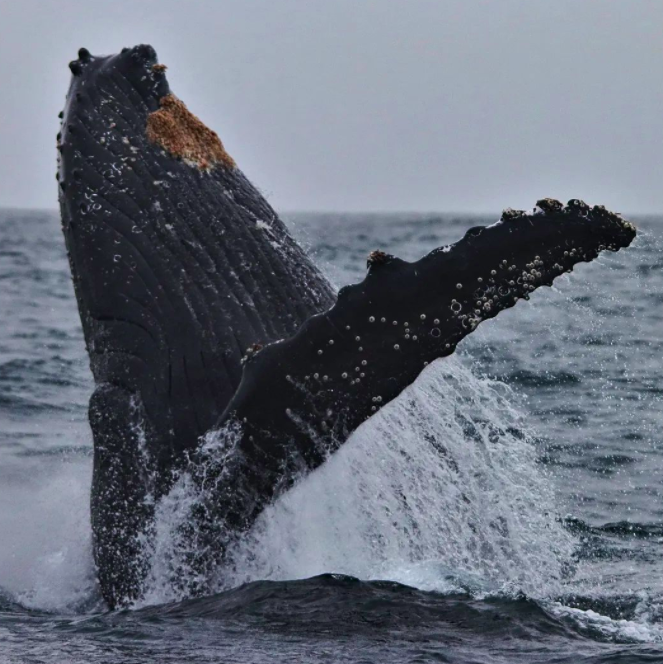
Picture: Eduard Drost
Their team of experts and passionate volunteers monitor, research and rehabilitate a host of marine animals including African penguins, great white sharks, southern right and Bryde’s whales and humpback dolphins.
READ: 6 places near Cape Town with wood-fired hot tubs
Eduard Drost, a seabird specialist ranger and marine biologist, lives an interesting life, spending the majority of his time living on Dyer Island for data collection and penguin monitoring.
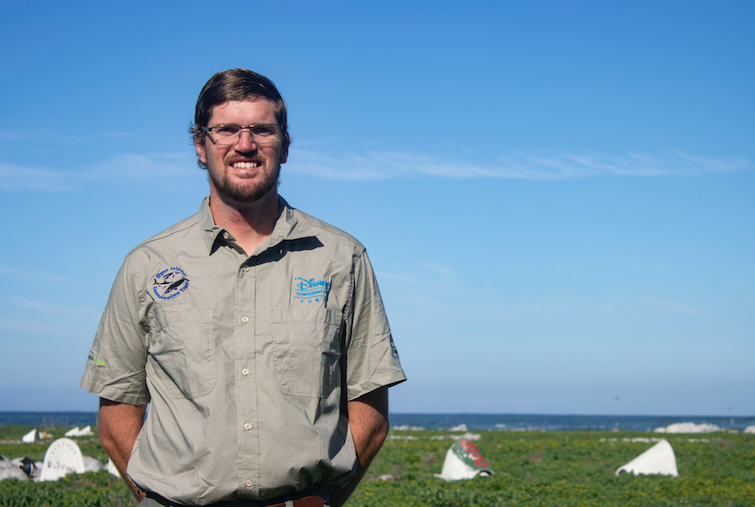
Eduard Drost on duty on Dyer Island. Picture: Supplied
Island Life
Dyer Island was proclaimed a nature reserve in 1988 in recognition of its importance in the conservation of seabirds. It’s also recognised by Birdlife International as an Important Bird Area due to its high numbers of resident and migratory seabird and shorebird species.
Eduard seems to gravitate towards islands. His previous work was with the Southern African Foundation for the Conservation of Coastal Birds (SANCCOB) on Bird Island in the Eastern Cape. Before that, he worked at the
‘At the heart of it all is the conservation of natural biodiversity which, ultimately, humans benefit from too,’ says Eduard. ‘Even though the island life can be very isolated and lonely at times, it is rewarding to contribute to the conservation of our natural marine living resources.’
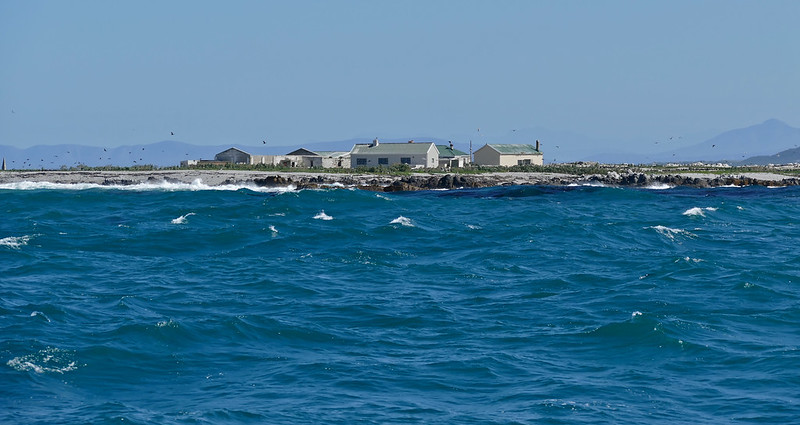
Picture: Bernard DUPONT / Flickr Commons
So, what’s a day like in the ‘office’ on Dyer Island for Eduard? ‘My main responsibilities are to monitor the health of the birds on the island, rescue any birds in need and collect other behavioural data from different species of seabirds on the island,’ he says. This data can later then be used in scientific studies to advise on and improve the management of the endangered birds on the island.
‘The monitoring activities on the island are mostly governed by weather conditions and the seasons,’ Eduard explains. All data gets collected in the field and most data on different species gets collected during the breeding seasons. For certain species, this occurs at different times of the year. For example, the Cape cormorants keep him busy in summer and African penguins in winter.
To do this, Eduard monitors nest activity, as well as the interactions of different species with each other, like that of seals with birds. Regular patrols around the island get conducted to detect any sick, injured or oiled birds as soon as possible in order to ensure a greater rate of survival.
The managing authority of the island is Cape Nature, and there is usually one other ranger on the island with Eduard. He spends three weeks at a time on the small island, where there is no civilisation other than the few buildings where the rangers live and work and can only be reached by boat.
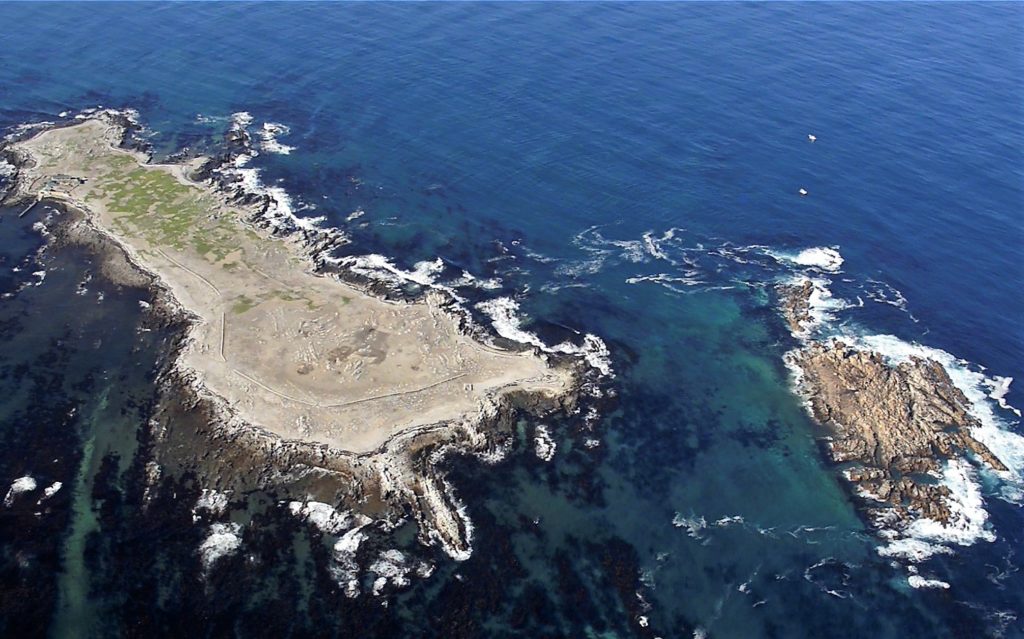
Picture: WhaleWatchSA
‘Overall, I enjoy the work and monitoring the bird behaviour on the island. It affords me the opportunity to spend a lot of time out in the field collecting valuable scientific data which can contribute to the conservation of different species,’ Eduard says. ‘Living so close to nature is often a learning experience for me and I get to observe new things every day. My main reason for doing this though is to try and contribute to the conservation of vulnerable and endangered species and marine resources.’
The plight of penguins
When asked about the state of the penguins in the country, Eduard’s face falls. ‘Unfortunately, the African penguin population is not doing well currently and we are seeing a steady decline in their numbers every year. They are classified by the IUCN as endangered and the population numbers are the lowest it has ever been which might soon see it become graded as critically endangered,’ he says.
‘Research on colonies in the Eastern Cape has shown that in the last seven years, the population has decreased by around 90% in that area alone. A global assessment of the population in 2021 showed that a decline of around 73% for breeding African Penguins occurred over the past 30 years (Sherley et al., 2021),’ he continues.
What are the main threats to the African penguin? ‘Mainly a lack of food due to overfishing, it seems, in addition to large oil spills and destruction of suitable habitat.’
The list goes on: extreme weather events during the breeding season, which occur more often as the climate changes, are one of the major factors affecting African Penguin colonies. Shipping noise pollution close to colonies also play a role.
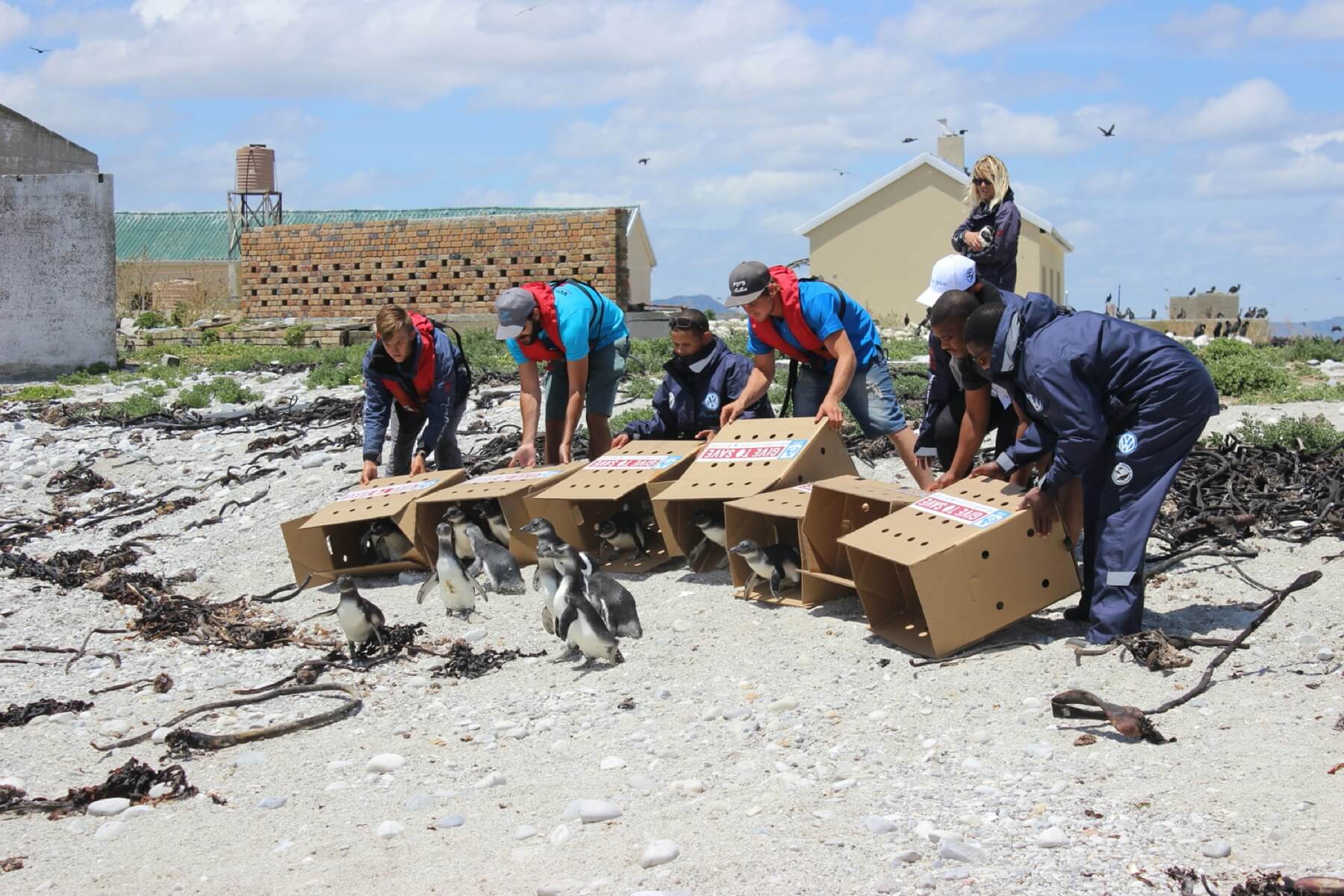
The team releasing rehabilitated penguins on Dyer Island. Picture: DICT
The collapse of sardine and anchovy stocks around South Africa is detrimental, and shifting habitat areas where these fish used to occur due to climate change means the penguins are having a hard time finding fish around their native breeding colonies.
Harmful practices like guano scraping that happened in the past don’t help. As a result, the birds are forced to nest in the open due to the low amount of substrate at their preferred breeding islands. ‘Previously they would have nested in natural burrows below ground protecting their eggs and chicks from predators like kelp gulls which feed on the eggs,’ Eduard explains.
‘The open nests also expose them to harsher weather conditions and in cases of extreme heat, the birds will abandon their nests, and leave their chicks and eggs where they are easy prey for predators. Chicks can also die from hypothermia experienced through very cold and wet weather spells where nests can be flooded.’
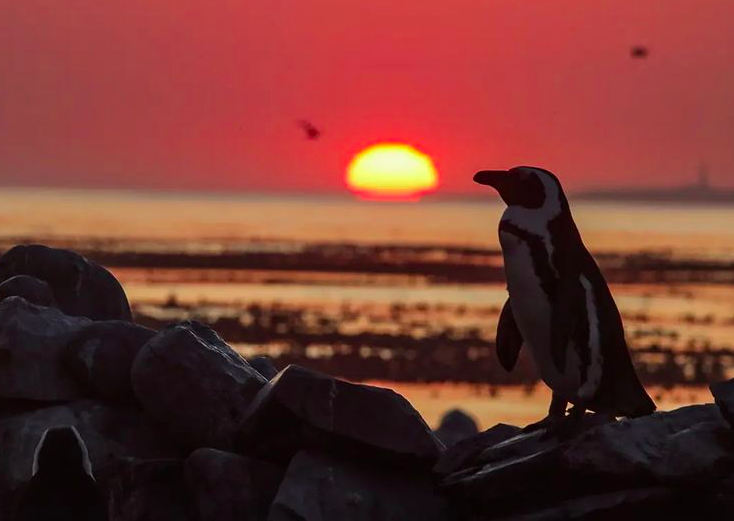
Picture: Eduard Drost
But there is hope.
According to Trudi Malan, Conservation Manager for Dyer Island Conservation Trust, the success rate for the release of African Penguins that gets admitted to the Trust’s African Penguin and Seabird Sanctuary (APSS) in Gansbaai for rehab is 93,43%.
If you forget everything you’ve read about penguins thus far, only remember the below.
What can the public do?
You can help DICT by reporting any stranded, injured or sick seabirds around the Overstrand area to the APSS rescue line at 072 598 7117.
You can visit the APSS for free in Gansbaai at any time, and donate your time to help with some of the rehabilitation duties of the birds.

Picture: APSS
Financial contributions go a long way to provide the best care for the seabirds at the sanctuary. Sponsorships will go towards any medical expenses and equipment for the penguins and provide fish and other food.
The public can also sponsor an artificial nest for penguins in the colony on Dyer Island which will help against many natural threats.
Making sure that you only buy and consume fish that was caught sustainably and responsibly will help prevent the depletion of fish stocks.
For more information on how you can get involved, visit the DICT website: dict.org.za
Marine Dynamics and WhaleWatchSA form part of the Dyer Island Conservation Trust, offering a range of ocean activities in Gansbaai that fund their conservation work. They are a Cape Country Routes member.
ALSO READ: Where did the Cape’s great whites go? A new study has the answers


